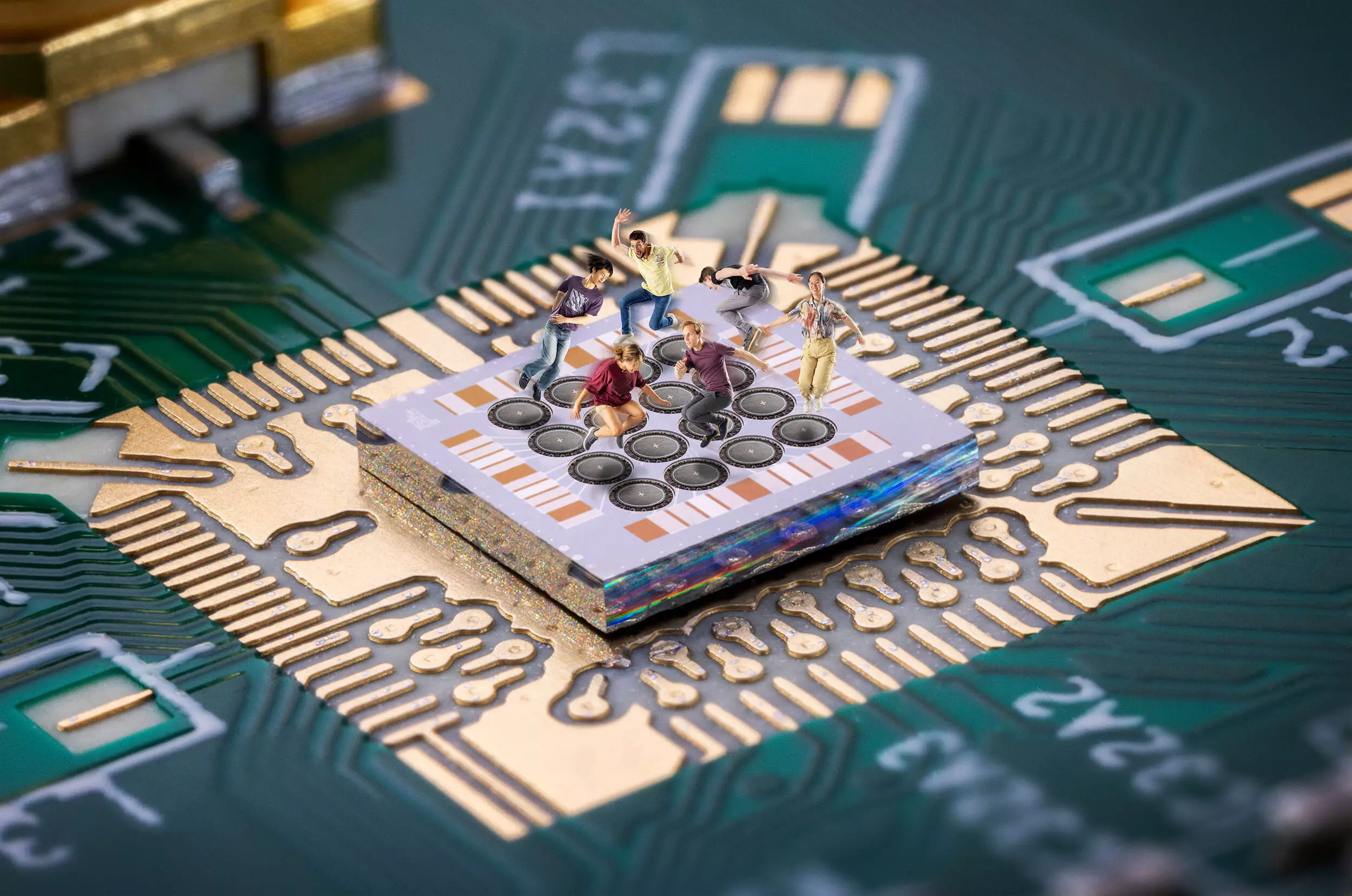In a groundbreaking development that stands at the forefront of quantum computing, researchers at QuTech have achieved a feat that could reshuffle our understanding of qubit logic. This endeavor has steered its way toward somersaulting spin qubits, a concept that marries theoretical foundations with experimental realities. With foundational research dating back to 1998, the work done by masterminds Loss and DiVincenzo proposed the hopping spins as a potential backbone for qubit operations. Fast forward over two decades, the intricate dance of theory and practice has aligned, offering a beacon of hope for universal quantum logic through efficient control of large semiconductor qubit arrays.
Bridging Theory and Experimentation
What’s notably compelling about this achievement is the synthesis of existing theories into tangible experimental outcomes. The QuTech collaboration, a product of TU Delft and TNO, has demonstrated that the anticipated ‘hopping gates’ are not merely figments of imagination. Their findings, published in renowned journals such as *Nature Communications* and *Science*, shed light on the feasibility of manipulating quantum bits with enhanced performance. In an era often dominated by sophisticated microwave signals aimed at single-electron qubit control, QuTech’s methodology proposes a minimalist framework that relies simply on baseband signals and modest magnetic fields. This minimalistic approach suggests simplification of control electronics, invariably streamlining the path toward a scalable quantum processor.
The Genius of Germanium
Central to this innovation is the deployment of germanium, a semiconductor that reveals unique benefits over traditional materials. Previous attempts at implementing the theoretical models often faltered due to hardware constraints, particularly involving specific magnet types. However, the QuTech team’s choice of germanium has opened up new possibilities. Their findings indicate that this versatile semiconductor can mediate spin rotations autonomously, an intriguing leap towards creating stable quantum links. The initiative by researchers Floor van Riggelen-Doelman and Corentin Déprez sheds light on the remarkable utility of germanium in manipulating spin qubits. As they have demonstrated, the platform not only allows for hopping of spin qubits but also powers essential operations which form the crux of quantum networking.
A Playful Analogy: Trampoline Parks and Quantum Mobility
To grasp the dynamic environment of hopping versus somersaulting spins, consider a metaphor that simplifies complex concepts: envision a trampoline park. Here, electron spins are analogous to people bouncing across multiple trampolines. While traditionally, each individual is confined to a specific trampoline, the innovation presented by QuTech allows these spins to leap from one trampoline to another—akin to hopping. Germanium’s distinctive property introduces the ability to somersault while jumping. This feature aids researchers in achieving precise control over electron spins, transforming how we interpret physical interactions at the quantum level. As Chien-An Wang articulates, the distinctive arrangements and spins across various quantum dots create a platform for developing advanced qubits with remarkable precision.
Pushing the Boundaries of Quantum Control
What is previously considered theoretical has transmuted into practiced quantum control with measurable effectiveness. Through the establishment of operational control over spins in a four-quantum dot system, researchers have not only validated hopping spins between quantum dots but have also explored the intricacies of hopping across multiple dots. This multi-dot hopping generalizes the activity—much like navigating through several trampolines with grace and acumen. Co-author Valentin John emphasizes the need for high precision when managing and interconnecting a plethora of qubits. Each trampoline creates unique torque experiences, leading to diverse rotations—a complexity that mirrors the inherent characteristics of hopping spins among quantum dots.
Future Perspectives and Collaborative Triumph
In their pursuit to navigate a complex landscape of qubit metrics, the QuTech team has developed control routines that empower the hopping of spins across an extensive quantum dot array. The implications of this technology are profound, pushing the envelope of quantum computation capabilities. As principal investigator Menno Veldhorst reflects on the monumental teamwork that propelled this research, the spirit of collaboration shines. Over just a year, the QuTech team has transcribed the theoretical concept of qubit rotations into a functional tool utilized across the ensemble. The progress depicted in their research is not just about technological advancement; it marks a historical turning point in quantum computing, forging pathways toward a future robust with potentials previously uncharted. The excitement that surrounds somersaulting spin qubits goes beyond mere scientific progress—it embodies the collective ambition to shape the realm of information processing underpinned by quantum mechanics.


Leave a Reply